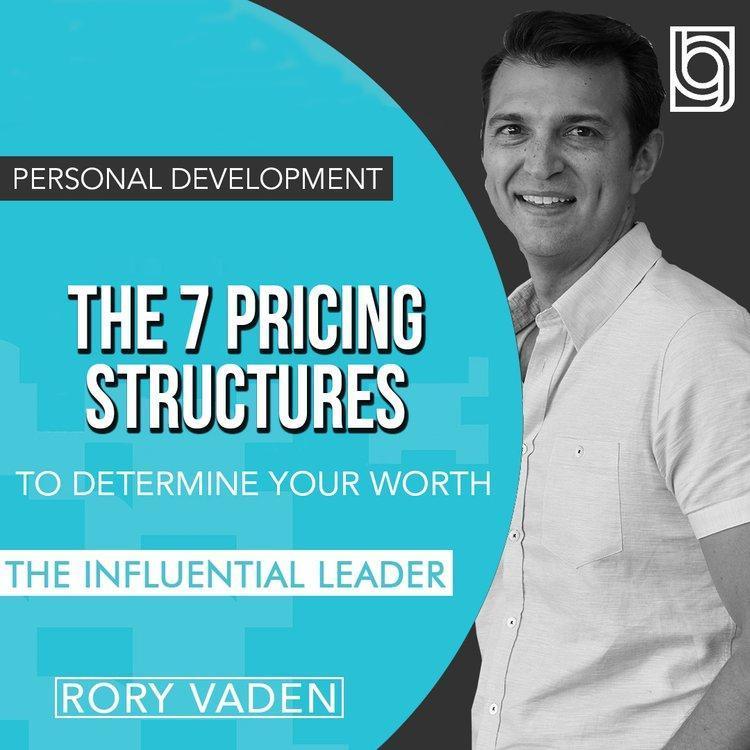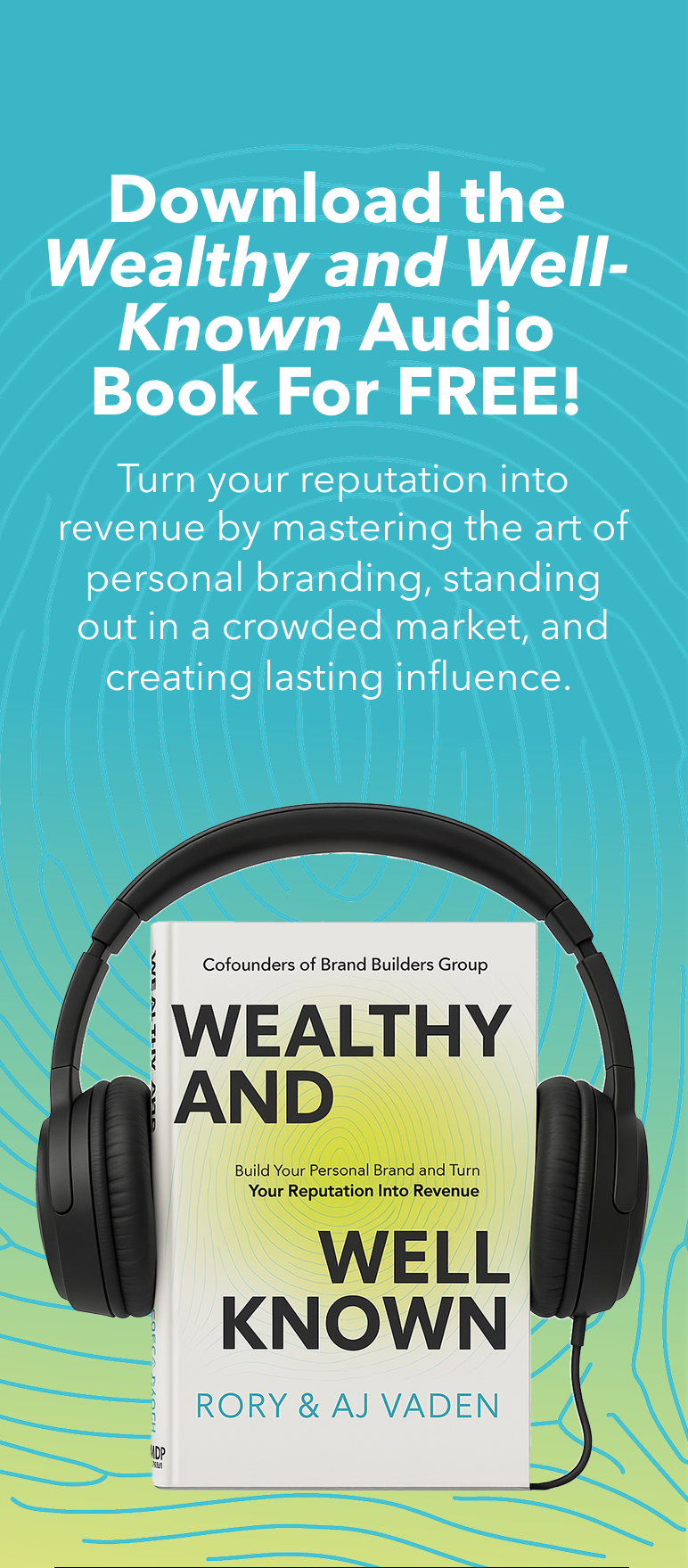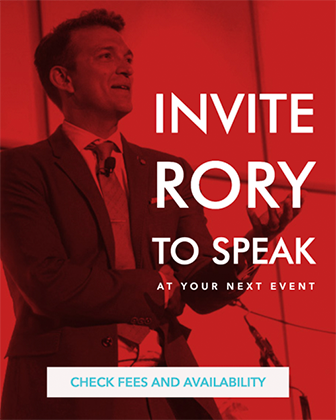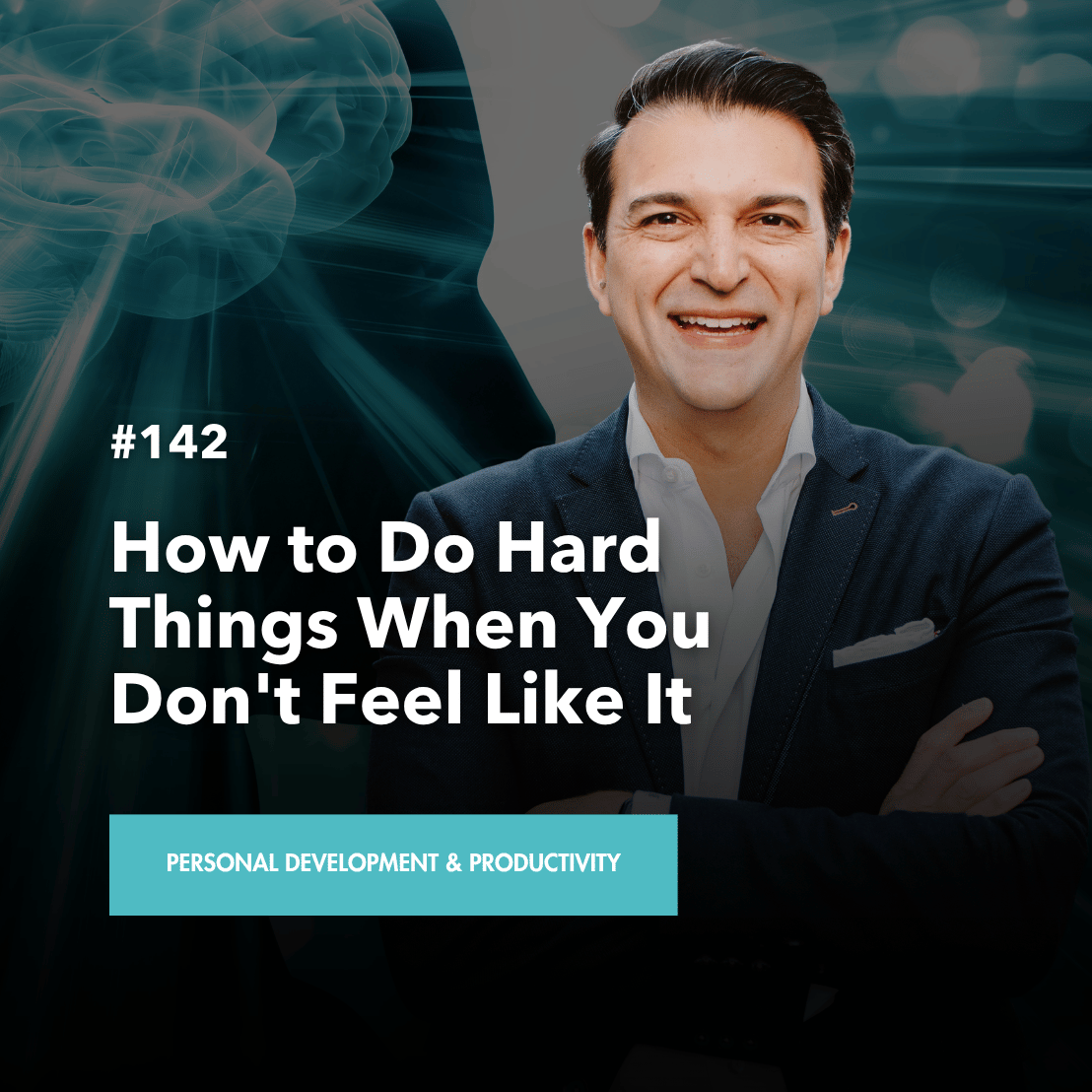What Are You Worth?
We always want to charge what we’re worth.
The question is what are we worth?
Because on a personal level, how much is the value of what I teach, it could be worth hundreds of millions of dollars.
The reality is I’m not going to charge hundreds of millions of dollars, it’s not feasible.
The other part about this is if you’re new, even though the value of what you know may be worth a lot, there’s not a lot of demand for you in the marketplace and that lowers the price.
This leads me to the 7 pricing strategies to determine your worth.
The first one is supply and demand.
How much supply do I have? Restrict the supply by saying I am available to speak on this many dates and then how is that compared to the demand? As supply goes up, that lowers the price; as supply goes down, it raises the price. As demand goes up, it raises the price. As demand goes down, it lowers the price. Much like freshman university economics.
Then assess by asking how much should you charge?
I would not charge when you start. Do it for free by coaching 3 people for free as an example. Why do we do this? Because we need testimonials. Because we need practice. Because we need someone that we can get referrals from. Because we need to build our confidence. Because I need to test my content, etc.
Once the supply (3 available coaching slots) is capped, that supply is no longer available. I will then release a new supply which is 10 slots that I will make available at $500 a month and then after that, I’ll release 10 slots that are available at $1000 a month. You are controlling your little economy so pay attention.
If you’re broke, don’t charge a lot even though you are worth it, it is not practical sense because there is not enough demand just yet.
The second is called MVOT. Money Value Of your Time is a concept that we created in the Procrastinate on Purpose book, in the Delegate chapter (page 125). MVOT says is that all of us have an hourly rate so if you literally want to know what you’re worth, not from an intrinsic human value standpoint but a literal dollars and cents practical value standpoint, take the total amount of income you earned last year divided by the number of hours you worked. This will give you one working hour of your time that is worth ______.
Use the MVOT activity to determine your speaking worth as an example. Do not forget to factor in the preparation time, marketing, talking to the client before the event, travel time, creating the presentation, and the follow-up with the client afterward. Remember, it is just not your hour you are on the stage. You need to factor in all the time prior, during, and after the event. Use an estimation of hours and multiply it with the MVOT value. This will give you a fair price to charge literally that no one can argue with.
The third pricing strategy is opportunity cost.
When you’re setting your price, you need to assess the opportunity cost. If I take this speaking engagement, what does the opportunity cost?
Speaking engagement on the weekend has more opportunity cost for me because it’s time away from my family. Also, any speaking engagement is time away from my business so part of what drives my speaking fee up is that since we have a successful business that makes more profit which means the business pays me more and more every year to focus on the business.
So if I am working on somebody else’s business, then they are pulling me away from mine, and that factors into the value of my speaking engagement fee.
The fourth way to assess price is client ROI.
Another way to evaluate your price is to say not what is the value of my time but what is the impact of my advice on this client?
For example, let’s take our course, Bestseller Launch Plan, which could literally change somebody’s life if they follow those steps, and they learn how to release a book and hit a New York Times or Wall Street Journal bestseller list.
It can shift the entire trajectory of the future of their career. As an example, let’s just say if you become a New York Times bestseller, your speaking fee is automatically going to go up to $15,000.
If they do $15,000 speeches instead of $5000 speeches, that means they’re making an extra $10 grand a speech. Do those speeches 20 times a year and that’s $200 grand a year. And over 10 years, that is $2 million.
Now obviously, we don’t charge $2 million for our best seller launch plan course but it is an assessment and another way of looking at what the worth is.
The 5th way is market comps.
Market comps are a wonderful way to establish pricing. Think about real estate. This house might be worth $500,000 but if the house down the street just sold for $750,000, that affects the value of your house.
It shows what people are willing to pay for something like what you have. You should look at what your competitors are charging, not from a comparison of who is better, but just to get a sense of what the market rate of pay is.
What is the world, the industry, the economy willing to pay for this kind of service or asset?
Number six is your criteria checklist.
This is similar to market comps, but it is adding some checklists to determine the criteria in your price range that are needed. Let’s just use speakers as an example. If someone is in the $20,000 speaking range, they probably have a New York Times best-selling book, or they have hundreds of thousands of social media followers, or they have a multimillion-dollar business, or they’ve been featured in major media or on TV.
They may have hundreds of clients’ testimonials and/or they have demonstrated proof of results. You need to come up with a list of criteria for your price range and determine how many of these things do I meet to charge this price?
Lastly, number 7.
The best piece of advice that I’ve ever received about what I should charge. I asked this very question to my very first speaking mentor, Eric Chester, in one of our very first meetings.
Eric Chester is a Hall of Fame speaker and best-selling author. He told me that after decades of being in this business, he realized that the best answer is this: charge whatever makes you feel good.
Charge what makes you feel good. If you don’t charge enough, you’re going to feel like someone took advantage of you. You’re going to feel like they do not value you. You’re going to feel that when you’re in the room, they don’t even care that you’re there.
They’re not paying attention to you.
They’re not giving you their time, their focus, their energy.
That’s a sign that you didn’t charge enough or that you shouldn’t have taken the gig. And he said if you charge too much, you’re going to feel guilty about it. You’re going to know that you overcharged this person.
You’re charging someone else way less for the same thing which sometimes happens because you’re in the middle of a price change but if you’re just changing your prices like the wind, you are not going to feel good about that.
Charge what makes you feel good and that has been really great advice as a backdrop against these other six pricing strategies.

















